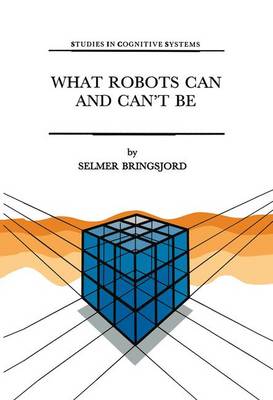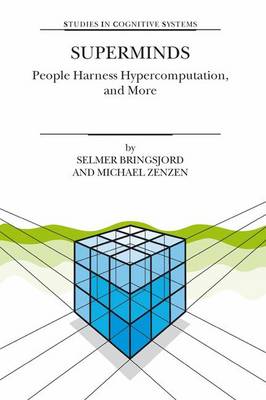Studies in Cognitive Systems
2 primary works
Book 12
ments be thrown to the wind - in light of the fact that careful, precise, step-by-step deductive arguments will be presented below for each and every proposition that might be cavalierly regarded prima facie implausible. Key Theses So, to put it colloquially, I think we're headed toward real izing Blade Runner, a classic sci fi movie in which only an elaborate pupil-scanner (which detects the usual physiolog ical correlate to an emotional response to provocative ques tions) enables one to distinguish androids from humans. And Blade Runner turned real, it seems to me, will be the Age of The Philosopher. Qualia Scanner Pupils undilated! Why? Well, to start, this will be an era within which the so-called "problem of other minds" will be especially pointed, because the sort of question frequently posed by in structors in introductory philosophy courses, namely How do you know, really know, that the person next to you isn't just a robot, that underneath her "skull" hums a complicated silicon device instead of a flesh-and-blood human brain? WHAT ROBOTS CANANDCAN'TBE 4 will be a deadly serious one.
Book 29
This is the first book-length presentation and defense of a new theory of human and machine cognition, according to which human persons are superminds. Superminds are capable of processing information not only at and below the level of Turing machines (standard computers), but above that level (the "Turing Limit"), as information processing devices that have not yet been (and perhaps can never be) built, but have been mathematically specified; these devices are known as super-Turing machines or hypercomputers. Superminds, as explained herein, also have properties no machine, whether above or below the Turing Limit, can have. The present book is the third and pivotal volume in Bringsjord's supermind quartet; the first two books were What Robots Can and Can't Be (Kluwer) and AI and Literary Creativity (Lawrence Erlbaum). The final chapter of this book offers eight prescriptions for the concrete practice of AI and cognitive science in light of the fact that we are superminds.

